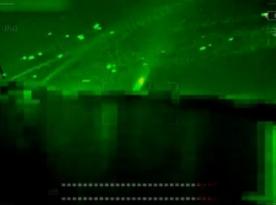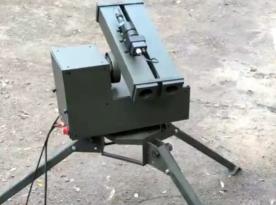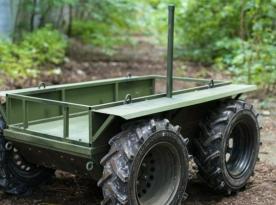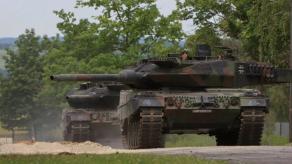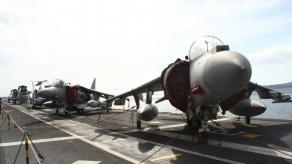Special Operations Forces (SOF) Command of the Armed Forces of Ukraine has shared some new details about the unprecedented strike on the russian navy base in Sevastopol in which the Minsk dock landing ship and the Rostov Na Donu submarine were effectively destroyed.
Despite the fact the attack was remote, with the use of air-launched cruise missiles, SOF operators contributed to its success. And for that, they had to go all the way to Sevastopol, deep into russian-occupied territories. The information about the supposed location of the two ships in the shipyard was obtained from multiple sources, SOF Command noted.
Read more: What Is Left of russia’s the Minsk Landing Ship After Ukrainians Strike Sevastopol, Is It Realistic to Restore It?
Close footage showing destroyed Russian Navy’s Ropucha-class landing ship Minsk in Sevastopol after Ukrainian strike. pic.twitter.com/vuNA0A6jc7 — Clash Report (@clashreport) September 14, 2023
However, this information had to be confirmed first, and it required SOF operators to infiltrate hostile territory in order to identify and designate the targets, refine coordinates, report the impact and adjust fire.
For that, the commandos approached the Crimean coast on a boat and executed a landing underwater.
"Having successfully infiltrated, the warriors proceeded to the main part of the operation. With the help of special equipment, they provided identification and designation of the target. During the strike itself, the group adjusted fire and confirmed the targets being destroyed. Afterward, our combatants successfully exfiltrated," reads the official note by SOF Command, followed by footage of the results from a soldier's POV.
It was the intel gathered by these SOF operators that became the key trigger for a fruitful attack on the enemy naval ship and submarine.
On the part of Defense Express, it might sound like too much insurance provided that there's anyway a network of Ukrainian agents in Crimea, there are relevant satellite photos, too. Nevertheless, in this case, some additional, less obvious aspects might have been the reason to engage SOF.

Our careful assumption is that for a successful attack, Ukrainian Armed Forces had to make sure of the positions of russian air defense systems on the peninsula and plan the most effective flight path for cruise missiles accordingly.
Another factor could be the that during the terminal stage of flight, Storm Shadow/SCALP cruise missiles are searching for the target with a thermal seeker. It means the missile must know the exact signature of its target.
In other words, a reference is required. While for some typical targets the signatures are well-known, this kind of attack on a submarine is the first-ever time in history. There are reasons to believe nobody knew what a russian Project 636 Varshavyanka class submarine in a dry dock looked like in the thermal spectrum prior to this mission.
Also, the SOF Command noted in their post that the details about this operation were disclosed intentionally so that the russians knew "there is no safe place for them anywhere."
Read more: Ukraine's Hit Onto 'Rostov Na Donu' Submarine is a Unique and Unprecedented Event in History





